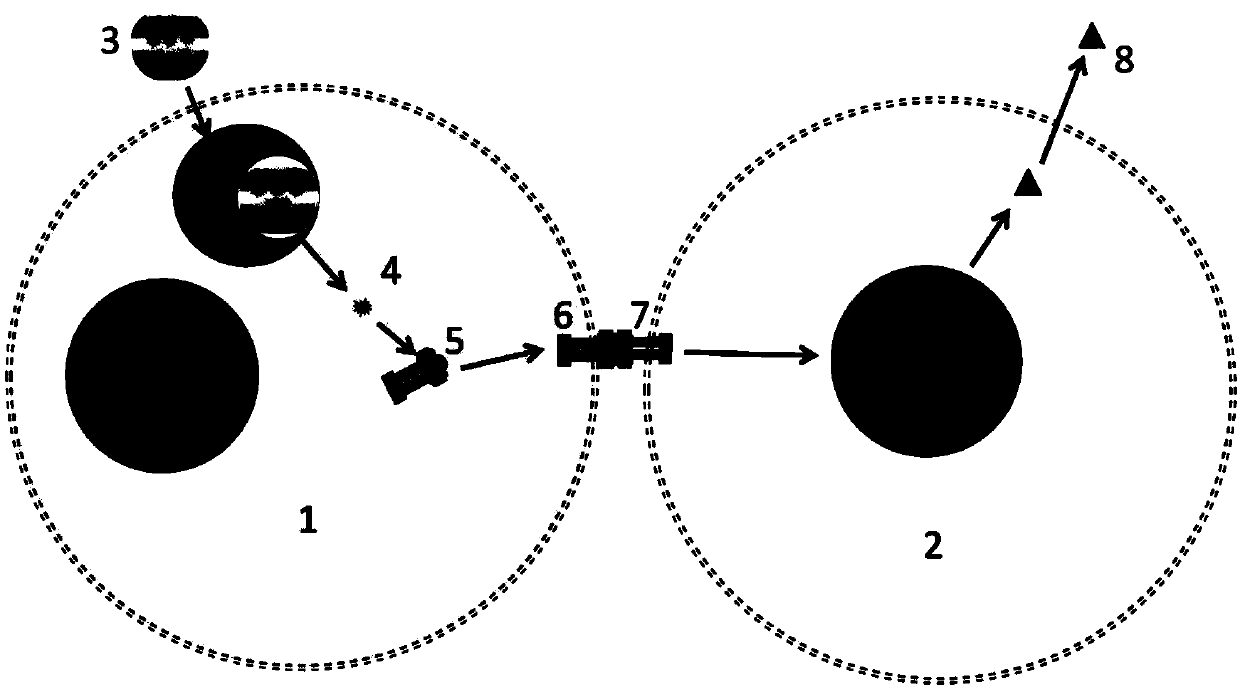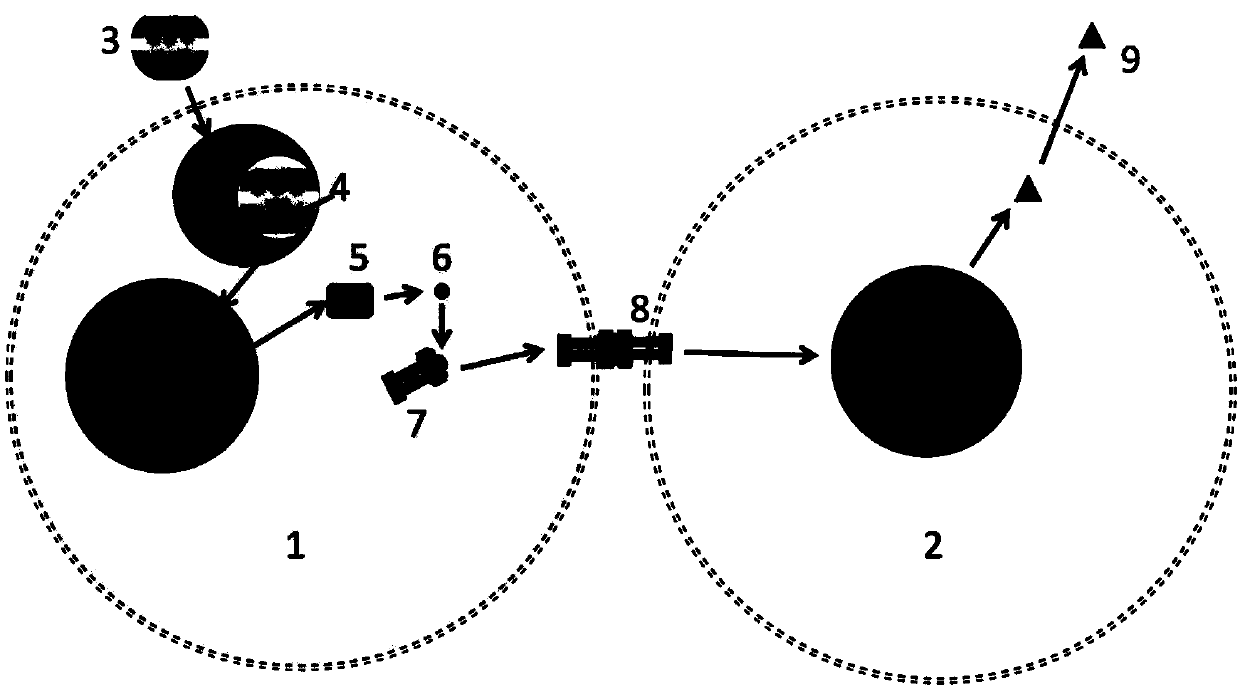Detection nanoparticle, detection method, kit, and so on, for antigen-specificity T cell content detection
A technology of nanoparticle and cell content, applied in the field of immunoassay, can solve the problem of the scarcity of antigen-specific T cells, and achieve the effects of low cost, avoiding waste, and convenient use
- Summary
- Abstract
- Description
- Claims
- Application Information
AI Technical Summary
Problems solved by technology
Method used
Image
Examples
Embodiment 1
[0051] Example 1 Detection of cancer cell antigen-specific T cells in cancer patients
[0052] In this embodiment, the detection of antigen-specific T cells in cancer cells is taken as an example for description.
[0053] Cancer immunotherapy has made great progress in recent years. For example, anti-PD-1 antibody, anti-PD-L1 antibody and CAR-T cell therapy have good anti-cancer effects, and a number of related anti-cancer drugs have obtained American food and drugs. Approved by the Supervision Administration (FDA) and put into market use. The therapeutic mechanism of cancer immunotherapy is to recognize and kill cancer cells through the cancer-related antigen-specific T cells of the own immune system. Because cancer antigen-specific T cells have the characteristics of specificity and memory, once the cancer antigen-specific T cells can recognize and attack cancer cells, the side effects are small and the effect is lasting. However, the overall response rate of current cancer imm...
Embodiment 2
[0115] The following is a description of Embodiment 2. In this embodiment, the detection principle is the same as that of the embodiment 1, and the materials involved in each preparation process and the selection of parameters are based on the same parts, and the same description is omitted.
[0116] In this example, the detection of antigen-specific T cells related to type 1 diabetes is taken as an example.
[0117] Type 1 diabetes is caused by the abnormal recognition and attack of β-cells in the pancreas by β-cell-specific T cells. Once the beta cells are completely killed, the human body will not be able to synthesize and secrete insulin, which can lower blood sugar, and blood sugar will rise. It can only rely on external sources to supplement insulin to maintain blood sugar balance. It can be seen that β-cell-specific T cells play a key role in the occurrence and development of type 1 diabetes.
[0118] For this reason, this example detects the content of β-cell-specific T cel...
Embodiment 3
[0160] The following is a description of Embodiment 3. In this embodiment, the detection principle is the same as that of the embodiment 1, and the materials involved in each preparation process and the selection of parameters are based on the same parts, and the same description is omitted.
[0161] The purpose and significance of this example is the same as that of Example 2. It also takes the detection of antigen-specific T cells related to type 1 diabetes as an example, and is also used to detect β in peripheral blood of patients with insulin-dependent diabetes (type 1 diabetes). The content of cell antigen-specific T cells. The difference between this example and Example 2 is that when preparing the detection nanoparticles, instead of directly encapsulating the antigen related to type 1 diabetes, it encapsulates the genetic material DNA required to synthesize this antigen.
[0162] In this embodiment, the detection nanoparticles are also prepared first, and then the prepared ...
PUM
| Property | Measurement | Unit |
|---|---|---|
| Particle size | aaaaa | aaaaa |
| Particle size | aaaaa | aaaaa |
| Particle size | aaaaa | aaaaa |
Abstract
Description
Claims
Application Information
 Login to View More
Login to View More - R&D
- Intellectual Property
- Life Sciences
- Materials
- Tech Scout
- Unparalleled Data Quality
- Higher Quality Content
- 60% Fewer Hallucinations
Browse by: Latest US Patents, China's latest patents, Technical Efficacy Thesaurus, Application Domain, Technology Topic, Popular Technical Reports.
© 2025 PatSnap. All rights reserved.Legal|Privacy policy|Modern Slavery Act Transparency Statement|Sitemap|About US| Contact US: help@patsnap.com


